Like his celebrated father Peter, Hans Vinding-Diers is both a globe-trotting winemaker of note and natural story-teller. And his tale of how his newly-acquired Patagonian winery, Bodega Noemía, got a lucky break is a lovely one. It was the London Wine Fair of 2003, where he had brought with him from Argentina an unlabelled bottle of the first vintage (2001) of his flagship Malbec. It was a decision that had momentous consequences.
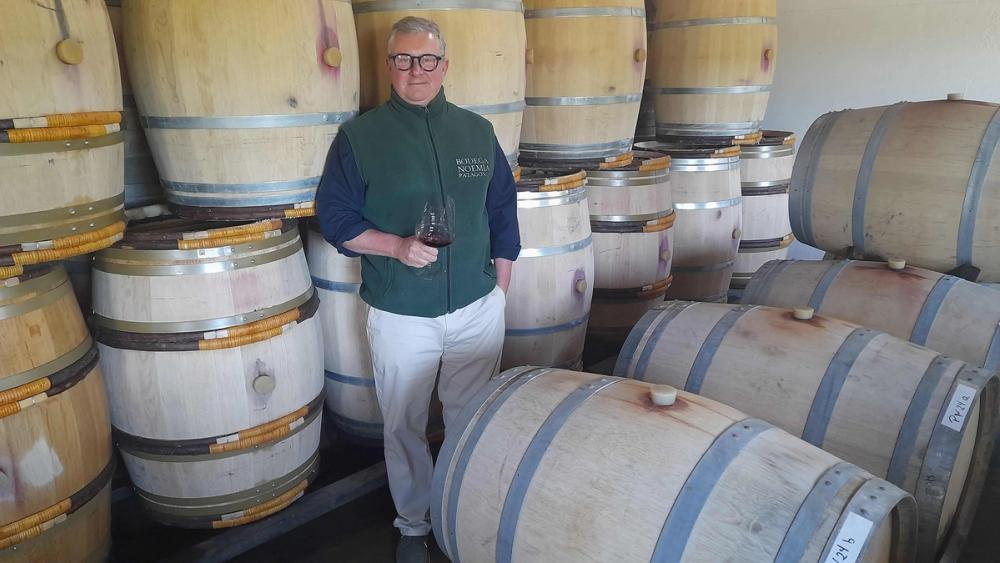
"She had the dosh. I blew it all on the barrels.” Hans Vinding Diers, Bodega Noemía de Patagonia, 2025
“I only took it because my partner suggested it,” Vinding-Diers recalls as, some 21 years later, we walked through his vines near the village of Mainqué in the Río Negro province, 1000 or so kilometres south-west of Buenos Aires. Countess Noemi Cinzano was both his romantic and business partner of the time, the pair having founded the winery.
“2001 was the first vintage, and the year I also met Noemi,” Vinding-Diers says. “So we decided to make a company and name it after her: Bodega Noemía de Patagonia – 51% owned by her, and 49% by me. She had the dosh. I blew it all on the barrels.”
Not that the barrels were the making of the wine. Ungrafted vines planted in 1932 producing superlative fruit from an exceptional terroir were. More on them in due course but first back to what happened at the London Wine Fair in 2003.
“I bump into Stephen Spurrier, who knew my father and asks what bottle I’d got there,” he adds.
“So he brings me to David Gleave on the Liberty stand. Both of them drink my wine and I can see their reaction in their eyes. At the same time, two of the best sommeliers at that time walk past - from Aubergine and the Gavroche. They taste the wine and say they want it on their list. David then asks me how much of it I’d made and that he wants it all. Then to name my price. I come out with a figure of £56, and tell him I’ll only give him 85% of the wine. All this in 15 minutes - incredible.”
A good story got even better in the following months when Spurrier gave the Noemía 2001 five stars in Decanter, and Wine Spectator awarded it 94 points.
“This was in 2003 when 90 points was 90 points and Argentina wasn’t on the map,” says Vinding-Diers. “Only Catena got that kind of points. So that was extraordinary… and it just went boom from there. It was a true love story which still lives on. Noemi and I had a breakup but she sold me the winery in 2018 on very good terms. Now it’s my wife Belén who is at the heart of the winery. Spurrier had always had that flair – he knew where to scratch and find, and it wasn’t because we were family friends. He was dead serious about it. ‘It’s amazing what you're doing – pre-phylloxera, original rootstock.... do you realise?’ he asked me. I replied ‘yes I do realise.’ ”
Remarkable viticulture
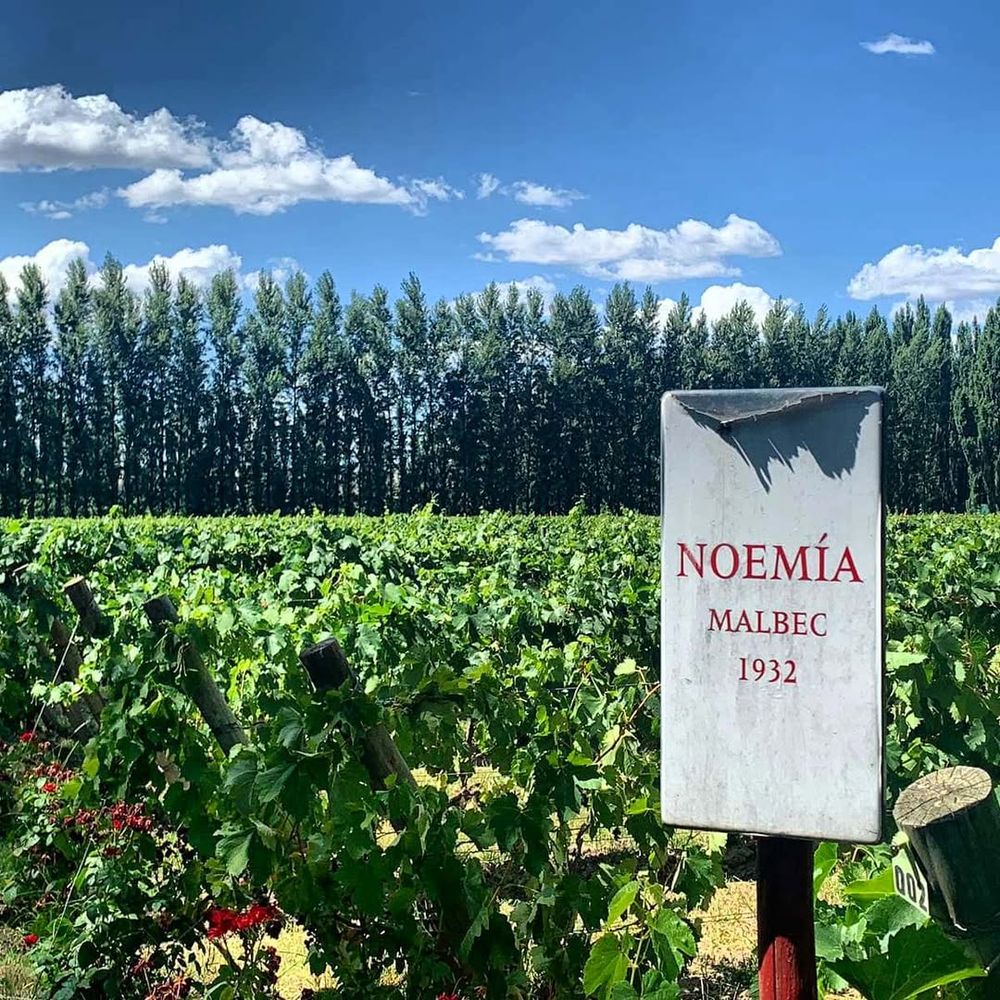
Where it all started - the 1.2ha Noemía vineyard
In the past two decades, Noemía has gone on to produce what are some of the greatest wines in Argentina, and not just from Malbec. Its Pinot Noir and Cabernet Sauvignon are world-class, while the estate’s A Lisa label, a more affordable Malbec (at £35 with the flagship Noemía retailing at £140-160) is an outstanding ‘village’ wine, as Vinding-Diers puts it. “Then, you go on to the cru vineyards,” he chuckles. Named after his grandmother, A Lisa makes up two thirds of his annual production of 90,000 bottles. Just 2,000 bottles of the flagship Noemía label are produced - from its 1.5 hectare plot.
It is something of a miracle that viticulture is remotely feasible in this sun-drenched valley that receives only seven inches of rain a year, and is bordered by semi-desert terrain to the north and south. What makes grape-growing possible is the network of canals that run off the Negro river, whose source is in the Andes.
“All that irrigation is 100% gravity – there’s a drop of one metre every 10km,” adds Vinding-Diers, revealing he employs flood irrigation. “The valley goes east-west, and this water travels around 550 km from the Andes. It’s just translating the mountains to this place, and the vine gets it, captures it from minerally-charged water. This is extraordinary. I’ve made wine around the world and never seen anything like this… a place where you can grow great Pinot and also great Cabernet, Malbec, Semillon, Riesling and Sauvignon Blanc. It’s very clean and pristine here – no pollution.”
Disease pressure is almost non-existent with no downy and powdery mildew to worry about, and humidity very low.
“No sulphur or copper needs spraying, and there’s not much trunk disease,” claims Vinding-Diers. “We might get deficiencies but we don't get diseases, which is incredible. Very little hail and no frost. The Humberto Canale vineyards down by the river are 120 years old, and our oldest are 93 years old. Basically, everyone in the valley is on own rootstock for the original vines, which make up about 1,000 hectares of the 1200 under vine.”
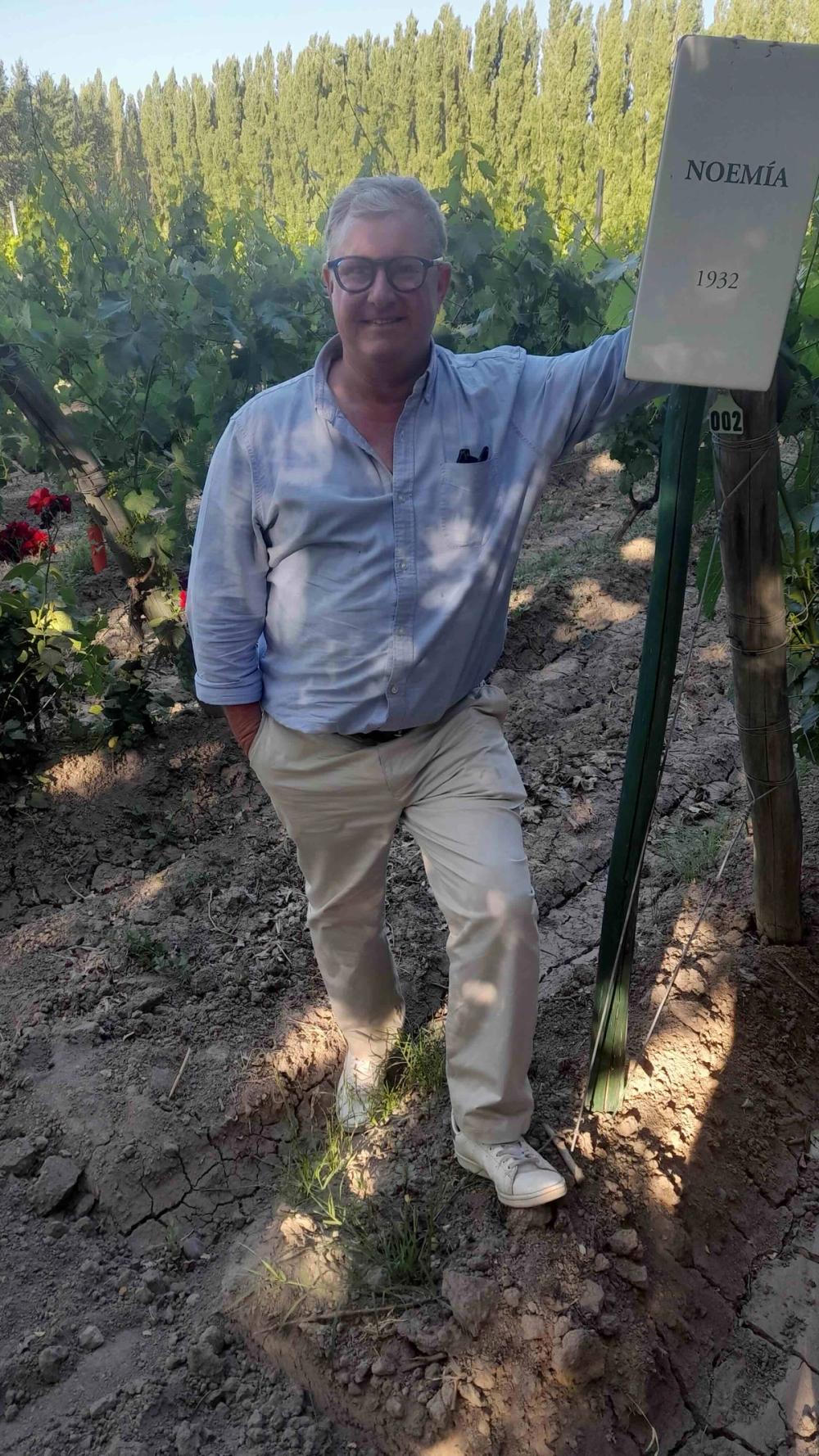
"My vineyard is my mistress..."
The bodega sits on alluvial soils both for the 1.5h Noemia plot (planted in 1930) and the other Malbec one of 4.5h, named J.Alberto after Noemi Cinzano’s father (and planted in 1955).
“Here on the Noemía plot, there's a bit more clay, but throughout we have gravel, sand and silt,” reveals Vinding-Diers. “It’s a beautiful combination, especially as water filters through with enough staying. So it’s wonderful - I’m very happy about this soil. This is a bit heavier than J Alberto, so it produces larger, more ample wines than J.Alberto, which is a bit leaner, more austere.”
With ideal soils and climate, Vinding-Diers farmed organically from the outset, as well as in an environmentally sensitive manner, which he is convinced affects the quality of the grapes. As not just winemaker but also viticulturist, he talks of ‘my intimate relationship’ with his vineyard.
“That’s what it’s all about - my vineyard is my mistress,” he muses. “Truly, I’m being very serious. It’s something spiritual. The density of the old vines is 3,000 to 3,500 per hectare, and I try to give them the minimal amount of water to survive. So I flood irrigate only five times per year, although it’s more like a trickle than a flood. We don’t give a damn about quantity as we’re all about quality. Yield is 25 to 30hl/ha which is low but that’s what we want.”
A wide diurnal range, with night-time temperatures in summer dropping into single figures, helps the old vines to retain their acidity. As a result, Vinding-Diers says he never has to add any tartaric acid to his Noemía or J.Alberto labels.
“When we harvest, we have pHs of 3.2 or 3.3, which is very low for Argentina. By the end of fermentation, it’s 3.4 to 3.6 max with a TA of 6.5 and abv of 13.5%, which is a dream.”
One viticultural practice with vine training that Vinding-Diers introduced four years ago for his prized Noemía parcel has had what he calls "amazing results". The apex of the vines is allowed to reach 2.10m in height rather than 1.70m. “Where you don't cut the apex off is something I’ve seen some producers do in Alsace and Burgundy,” he adds.
“I guess it is a response to the climate change we are experiencing these last years. We find that our pHs are much lower, the acidity is higher, the sugars don’t spike and the polyphenols also mature very slowly. I believe personally from our winery data and intuition that the vine is not stressed because of that particular way of training it. It’s a controlled wilderness and the plant auto-regulates as the more you touch her the more she stresses. And if she’s stressed, there’s very little reserves left and that’s when you get these sugar peaks and unbalanced results.”
Rows of strategically-planted poplars, ranging in age from 15 to 100 years, act as excellent windbreaks against the prevailing Patagonian south-westerlies. What wind does get through is a useful coolant on hot summer days when temperatures can exceed 40°C.
“The poplars are close to the vines but don’t take any nutrients from them as I give the poplars food in the form of compost and water,” Hans said. “The vines are thick and gnarly but wonderfully healthy-looking with very good polyphenols. They are loved for sure. We do only very basic shoot-thinning and don’t green harvest.”
Winemaking at Bodega Noemía de Patagonia
Minimal intervention in the vineyards is followed by careful vinification.
“After hand-picking fruit and destemming it, we pump over only to activate the yeasts, and we do very little extraction as we don’t need to,” says Vinding-Diers. “The tannins are perfectly ripe and our colours are amazing because of the thermal amplitude. We don’t do fermentation control – we don’t have a cooling system – and we open windows at night and we let the ferments go as they wish in order to let the yeasts express themselves truly. Our production is small, and so are our tanks, so they never really generate too much heat. We ferment in old wooden vessels, cement vessels and stainless steel.”
Elevage is in top-quality 600-litre French demi-muids but, significantly, only A Lisa gets any new oak (just 5% for 8-10 months). So keen is Vinding-Diers to allow the fullest possible fruit expression that his flagship Noemía, although it spends 24 months in oak, sees a combination of second, third and even fourth fill. It also spends 12 months in bottle before release, as does J.Alberto (with 12 months in oak).
Availability
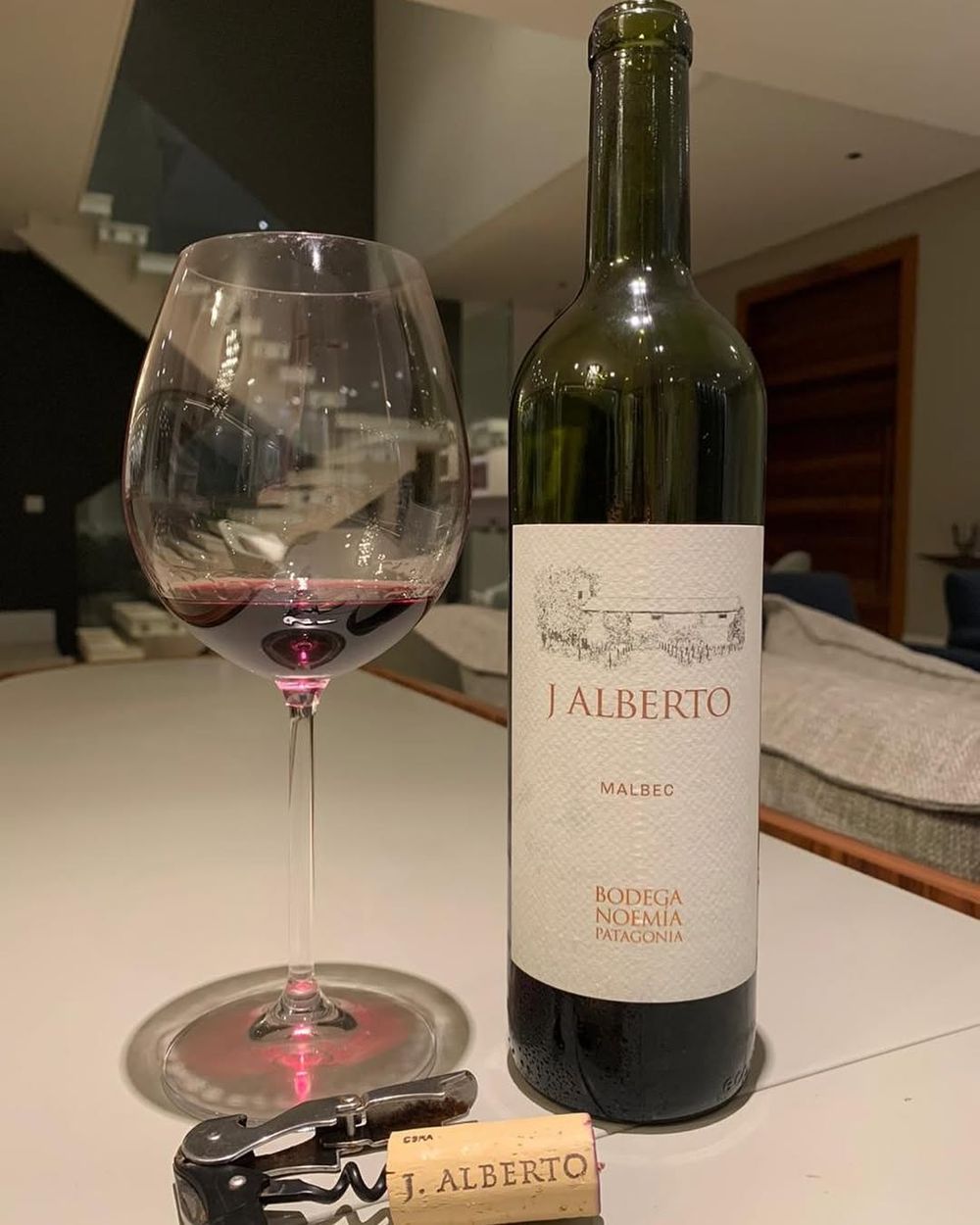
Overseas demand for the labels is such that 85% of production is exported, although the Pinot Noir is held back for domestic sales only. Like the Cabernet (whose label is Due, the Italian for ‘two’), it’s only made in exceptional years, the most recent being 2021 and 2024. The A Lisa has been produced every year since 2004, and the J.Alberto every year since 2003.
There is, Vinding-Diers says, no number one export market, although James Doidge MW, managing director of leading UK importer, the Wine Treasury, takes as much as 15% of output to satisfy keen UK demand, including all labels apart from the Pinot. That pleases Vinding-Diers, who is half-British through his mother, and has English as a first language, having been born in South Africa where his Danish father began his winemaking career.
Ironically, Vinding-Diers, while fluent in Spanish and French, speaks little Danish even though he has a Danish passport. His young son, Juan Andreas, has dual Danish-Argentinian citizenship, while wife Belén is an Argentine national.
“Belén does all the Argentine domestic sales, and I do all the international,” he says. “We personally talk to our clients which makes a huge difference. The admin and accounts we do. There are not many true vignerons and sole owners in Argentina. You count them on one hand.”
It is another reason why the wines of Bodega Noemía de Patagonia are so special.
How were the new wines tasting?
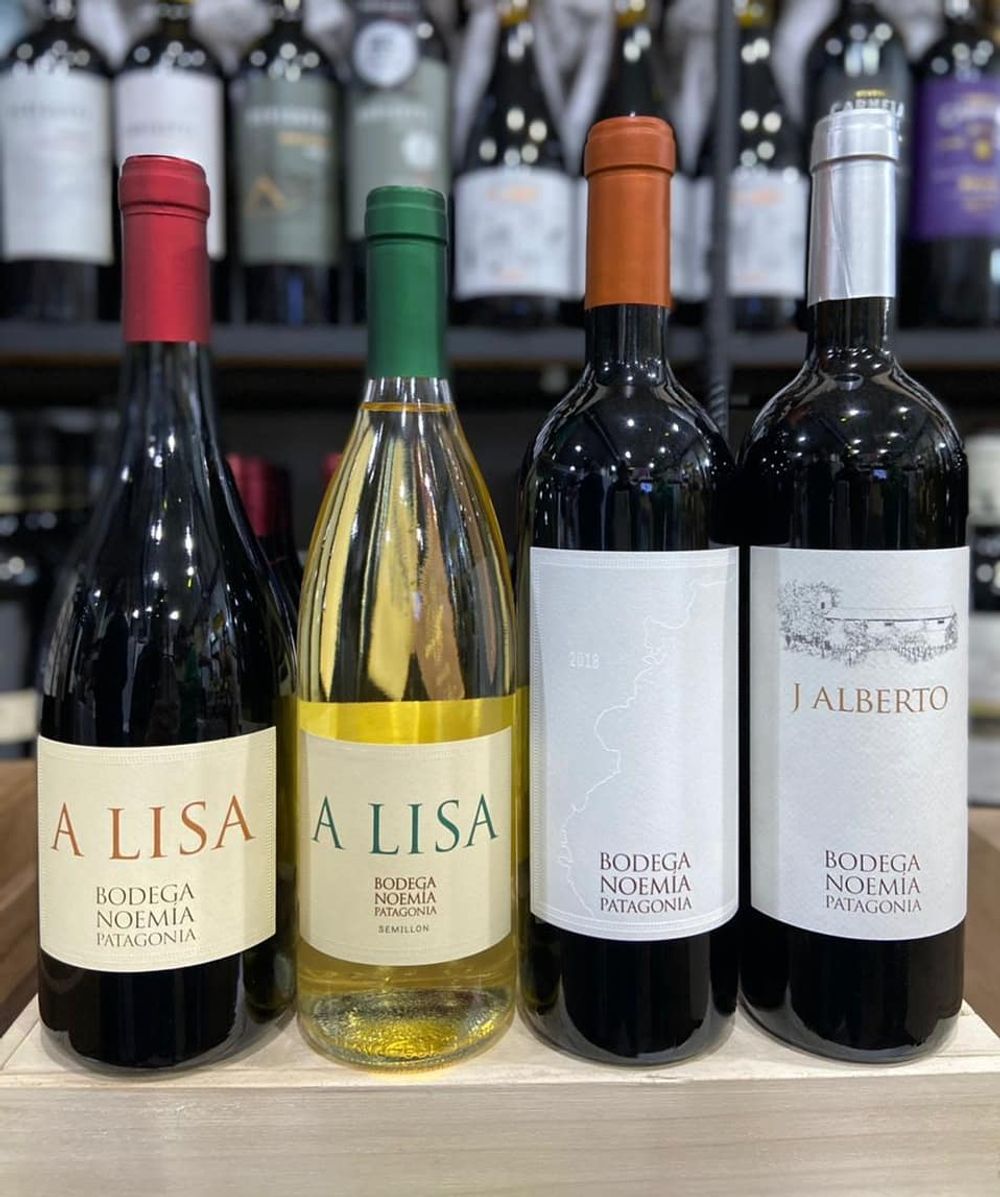
Bodega Noemía, A Lisa 2023
90% Malbec, 9% Merlot, 1% Cabernet Franc, 13% abv, RRP £35.
Fermented and aged largely in stainless steel (with 5% new oak and 5% used oak). Deep purple with aromas of spice, violet and rose petals. Intense, exuberant red and black fruit with notes of bitter cherry and blackcurrant. Velvety texture with tight-knit acidity, soft tannins and a lengthy finish.
Bodega Noemía, J.Alberto 2022
95% Malbec, 5% Merlot, 13% abv, RRP £55.
Massale field blend selection from single vineyard planted on own roots in 1955. Elevage in second and third fill French oak (two thirds), with a third in cement. Inky colour with fragrant aromas of rosemary, creme de cassis and coffee. Glorious black fruit on the palate with saline backbone, invigorating freshness and smoky graphite minerality. Silky tannins and persistent length.
Bodega Noemía, “Noemía” 2022
100% Malbec, 13.5% abv, £160.
One of Argentina’s greatest Malbecs from 1932 vines on own roots. In contrast to altitude Argentinian Malbec, this is a latitude wine of fluvial origins, exhibiting minerality from Andean river water as well as a touch of salinity. A very elegant, harmonious wine with wild strawberry aromas and floral violet notes, as well as gloriously intense red fruit, blueberry, black cherry and balsamic hints. Such notable freshness and fine-grained powdery tannins, as well as a supremely long finish. Noemía Malbecs are more Old World in style than higher altitude ones from Mendoza and Salta, being lower in alcohol, arguably more complex and less in-your-face. Mendoza tends to be more herbal, with massive intensity, and Salta spicier.
* You can find out more about Bodega Noemía de Patagonia at its website here.
































